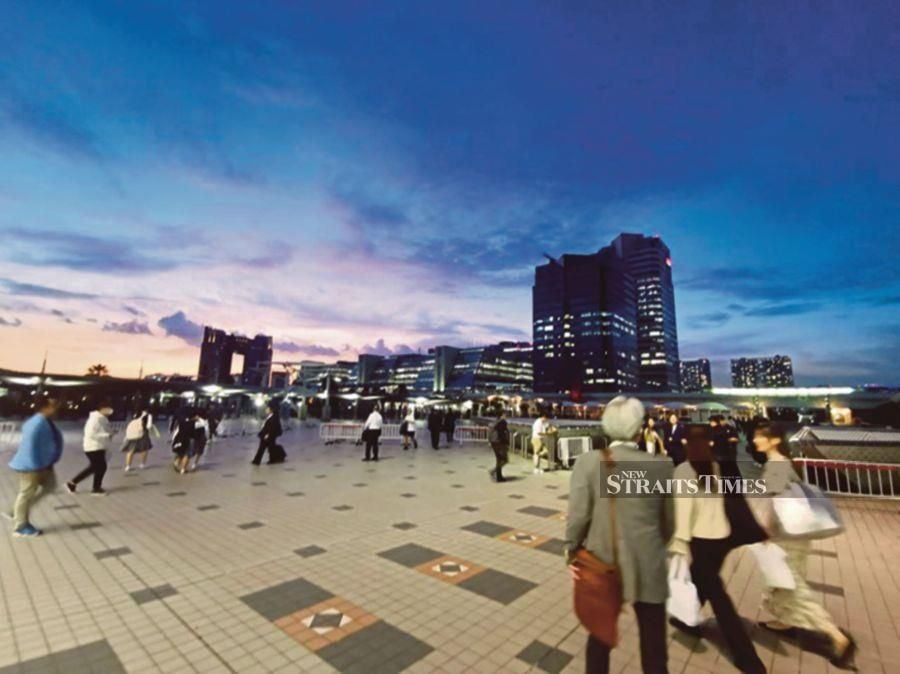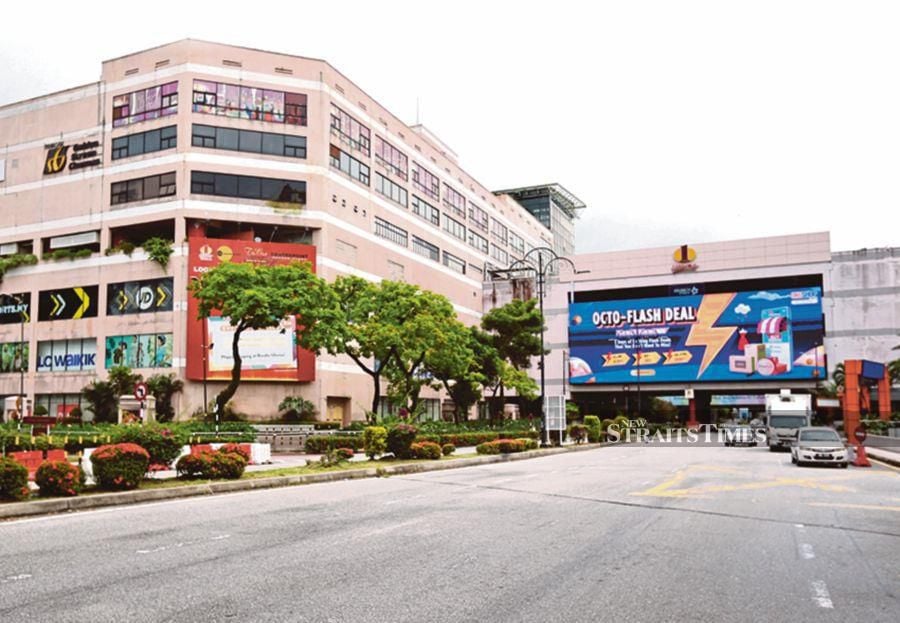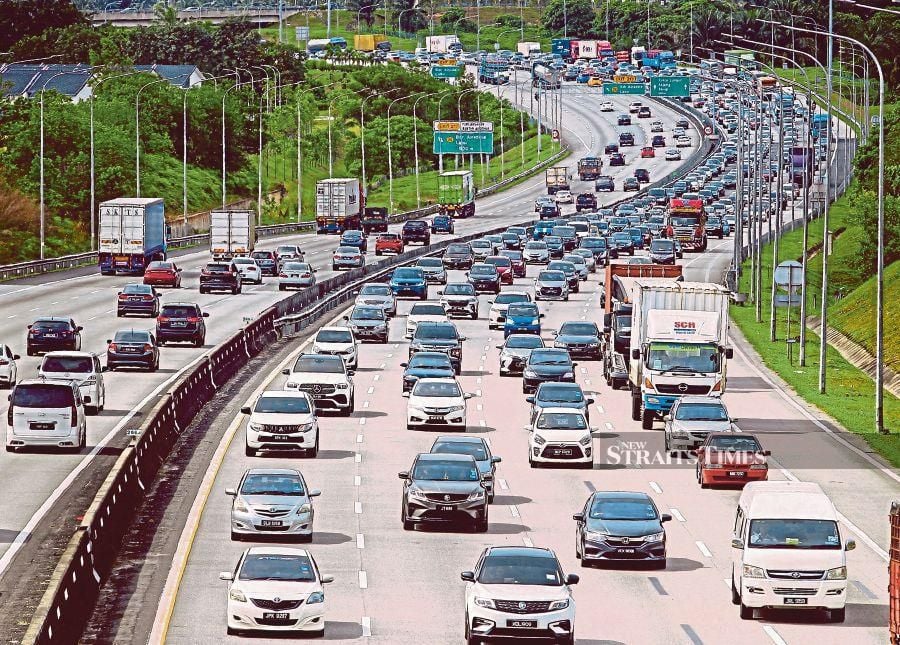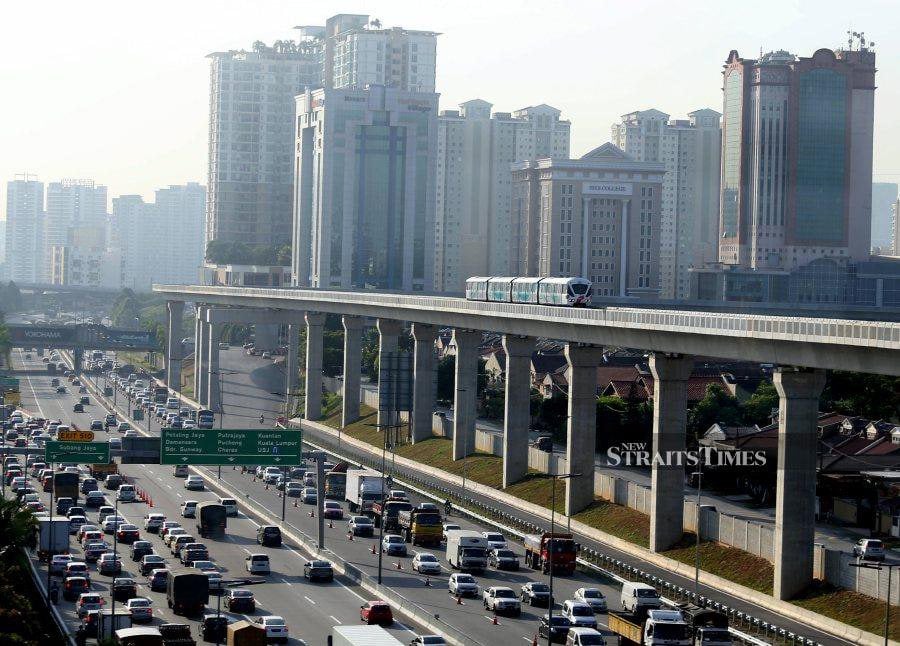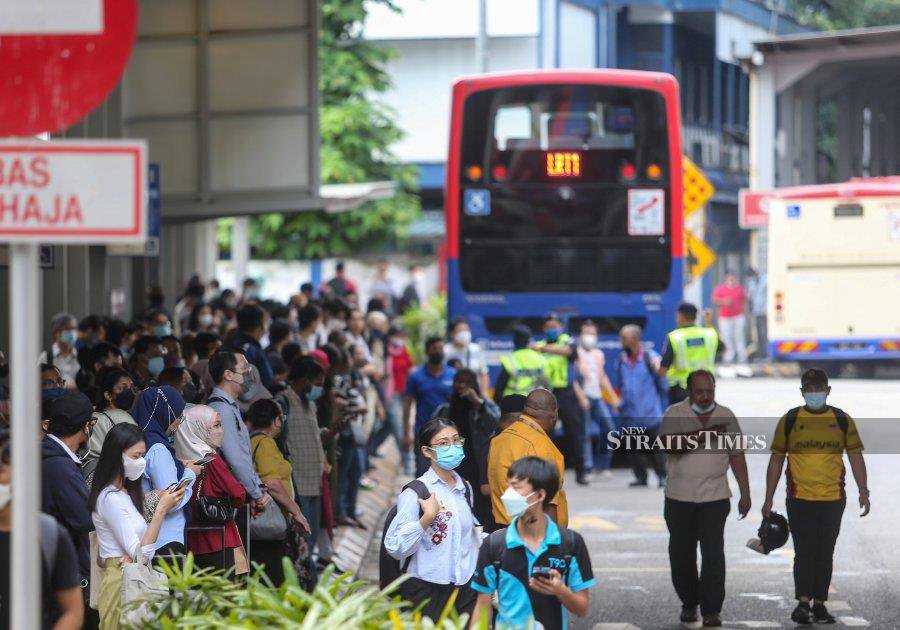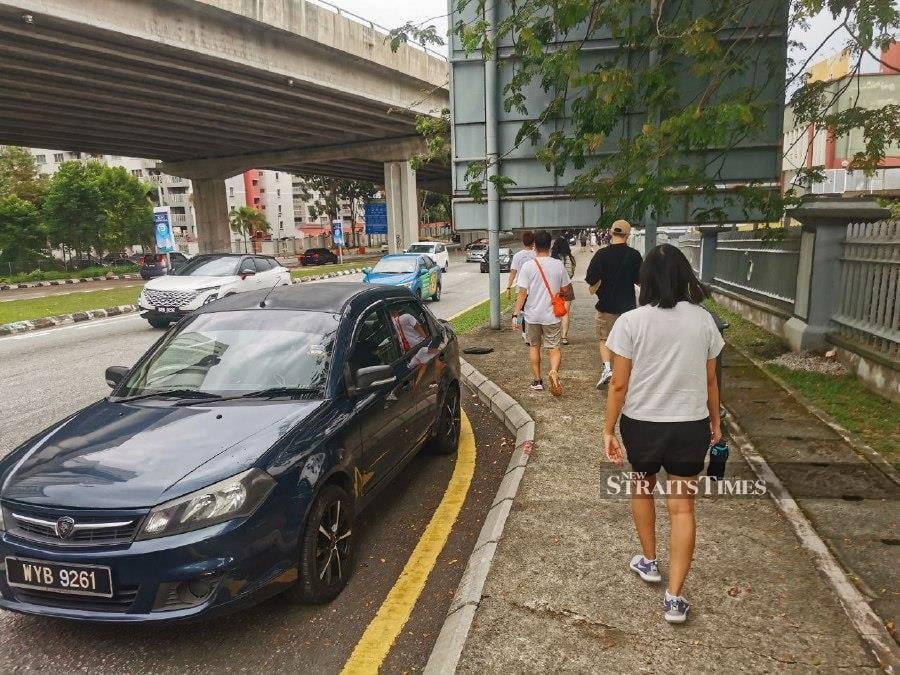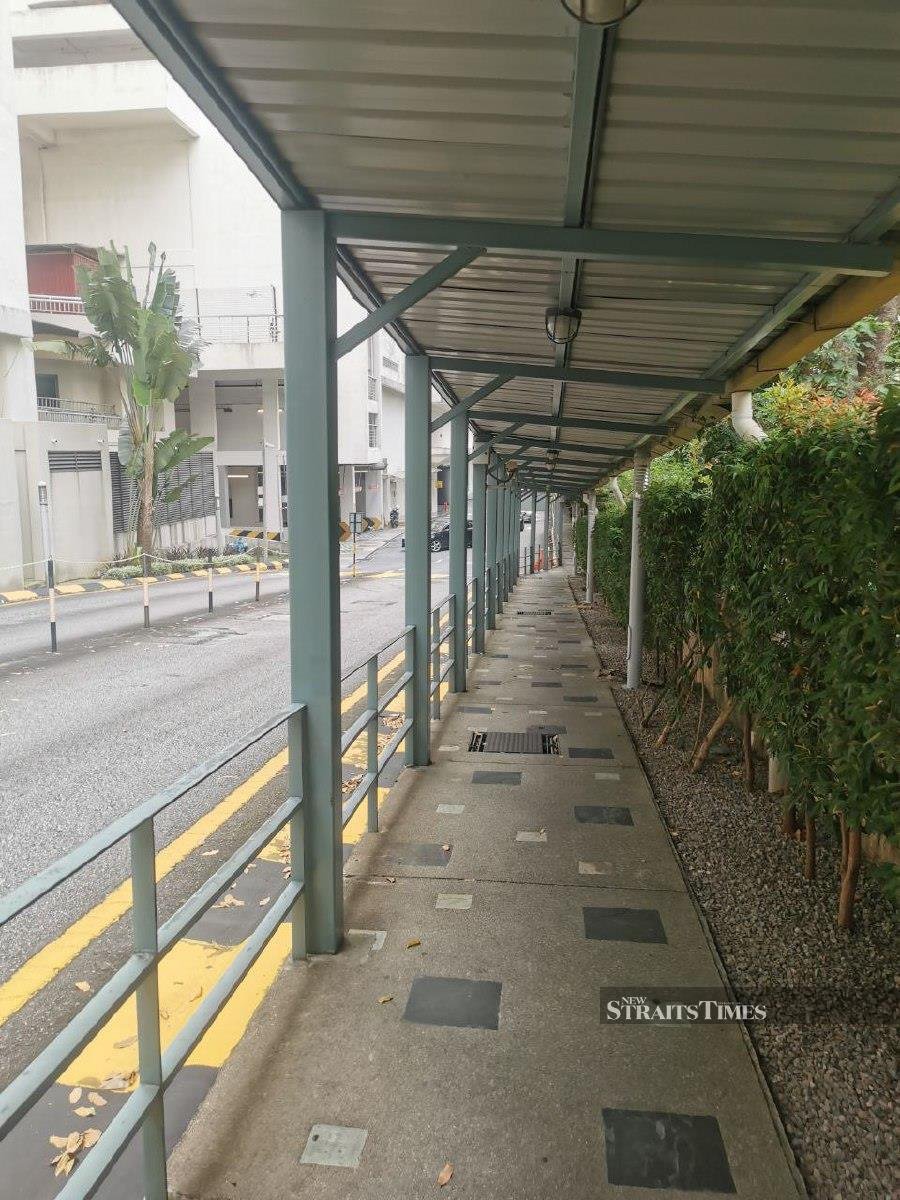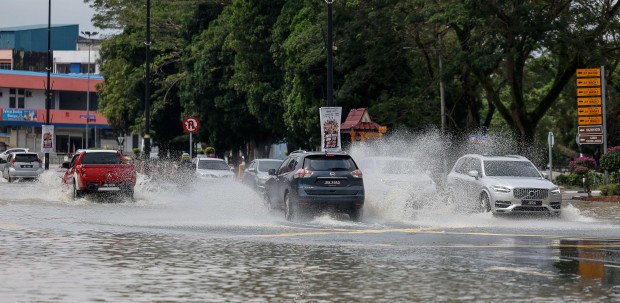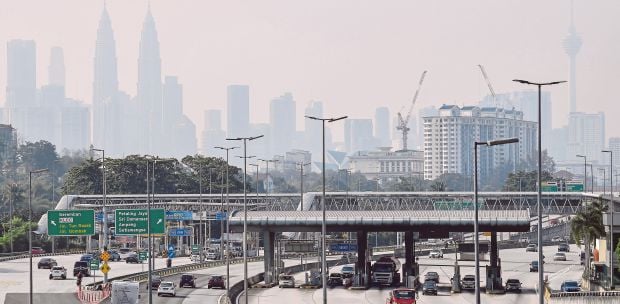MALAYSIANS hate traffic jams. It is a ritualistic bane that is extremely time consuming and exhausting while serving no purpose other than to extend the time it takes to reach our destination.
The build-up of irritation and anger when we're stuck in one position with no means of escape for a prolonged period of time, sometimes for hours, is a major pain.
Unfortunately, if you work in the city or live in a high density area then there is no escaping the crawl.
We're not alone in our distress though. Since no one in the world enjoys being stuck in a traffic congestion, governments around the globe have constantly sought out solutions to deal with the ever-growing need for transit within and around urban areas.
Some of them work while others not so much.
Malaysia is no different in that it needs to reduce traffic congestion in its cities. Take the Klang Valley for example, where an estimated nine million people (as of 2022) call home.
Factor in the reports that put the number of active vehicles to be an estimated two-thirds of the nation's total population, there are easily a few million people on the road at any given peak period.
Immediately, we are quick to put the blame on the huge number of vehicles on the road.
However, a recent report by AmInvestment Bank paints a very different light on the situation, with Malaysians considering owning a vehicle a necessity rather than a luxury.
The report also stated that approximately 80 per cent of buyers of Proton and Perodua vehicles opted for loan periods of up to nine years.
The two brands, known for their affordability, are said to be the top choice for the Bottom 40 household group.
Buyers are also avoiding cars with large engine capacities due to concerns over fuel subsidy rationalisation.
There is growing interest in battery electric vehicles (BEVs) as potential buyers consider the savings on fuel costs.
But the next time that we wonder why there are so many cars on the road, do remember that we're vehicle owners ourselves.
And more often than not, the reason for owning a private vehicle is very much the same as others in that we can't go anywhere without them.
Moreover, the highways and roads in and around our cities and townships are mostly designed to cater to vehicle access.
Still. not all of them are well designed or located. You've probably heard, if not experienced, badly planned roads with sharp curves and sudden merge lanes that result in bottlenecks, bumpy roads and messy signboards, among others.
Everything falls back to urban planning and there are four main areas that need to be worked on if we want to address traffic congestion: positioning, pavements, platforms and parks.
The key takeaway is that Malaysians won't stop buying cars and motorcycles but we can reduce traffic congestion by reducing our reliance on non-public transportation or any transportation at all, particularly for short distances.
It will all fall into place when our urban areas provide a safe and conducive means of travel.
POSITIONING
Have you ever driven around town only to randomly come across a Light Rail Transit or Mass Rapid Transit station? How about the obscure bus stop whose location probably made sense 20 years ago?
These locations were likely chosen for their suitable construction spot but as a result, some are seeing minimal use.
Experts have pointed out that while we do have a decent public transportation system, the ease of first-and-last mile transit remains inadequate.
Often, one needs another form of transportation to reach these train locations.
But it's not just public transportation that is poorly located. Shopping malls or places of interest, even within a suburban setting, can be separated by busy roads.
The problem is overall bad access points. If the simplest method of travel, which is walking to a nearby destination, is a major challenge, then it would not be strange to opt for a personal vehicle instead.
E-Hailing and taxis are options but are expensive and not always available, depending on where you're at or where you're headed.
Bicycle lanes have been implemented on some roads but the problem is that most destinations are not easily reached by cycling.
PAVEMENTS
Pavements, or sidewalks, need to be drastically improved and given priority instead of it being an afterthought.
Take for instance Singapore and Japan (where many of these suggested solutions were implemented to great effect), where walking and cycling are feasible means to reach most destinations.
The only way this can work is when pavements are built with human traffic and connectivity of locations in mind.
Instead, ours are mostly poorly thought out, implemented, or maintained, which makes most of them unreliable or dangerous at worse.
Malaysians also have the bad habit of literally driving or parking on pavements (usually with pickup trucks or motorcycles). This effectively renders their purpose close to pointless.
Sometimes, you'll find it extremely difficult to walk to your destination even if they're merely a few hundred metres away.
Anything short of a proper pathway will only discourage walking and encourage driving even for short trips.
PLATFORMS
If it isn't already bad enough that our pavements are generally in a poor condition or are taken up by a vehicle or side stall, the only option left is to walk on roads.
In all fairness, not all locations can accommodate a sidewalk expansion. This is when platforms or elevated sidewalks (or a connecting elevated public space in general) make for a great alternative.
The nature of their design allows people and cyclists to traverse great distances around the city without the worry of obstructing traffic below.
Of course, they would have to be strategically positioned and properly designed. It'll be pointless to have them erected in low density parts of the city and expect them to see heavy use.
In most countries, these elevated grounds are also used as connecting points to the public transportation system. They can also serve, as implied, as public event spaces, which is a more appropriate hosting ground than blocking parts of roads and streets.
PARKS
Parks in Malaysia are often treated only as green recreational areas for jogging or playgrounds. This is unfortunately a waste of design.
The true potential of parks can be seen in most high density cities around the world as they act as natural shaded connecting points as well as green lung oases.
Their practical use cannot be overstated. They make for a perfect mid-point for the public to walk or cycle through, are great for landscape purposes, and visually promote sustainability.
Its application can be easily paired with any of the abovementioned areas for added value.
Overall, a park has the ability to encourage us to engage in transport-less travel where possible by enhancing the experiences of others. It can also promote a healthier lifestyle if you're so inclined.
Why not take a walk or jog through the park, rather than trekking across busy streets, and no more telling ourselves it is just too hot to walk or dangerous to cycle from Point A to Point B.



